Amber Fort, also known as Amer Fort, stands majestically on a hilltop overlooking the Maota Lake in the city of Jaipur, Rajasthan. This stunning architectural marvel, built from pale yellow and pink sandstone and white marble, represents the grandeur of the Rajputana dynasty. Amber Fort is not just a fort but a splendid palace that showcases a blend of Hindu and Mughal architectural styles. As one of the most visited tourist attractions in Jaipur, it offers a fascinating glimpse into the rich history and culture of Rajasthan.
Timings and Ticket Price
Amber Fort is open to visitors every day of the week. The visiting hours are from 8:00 AM to 5:30 PM. An additional night visit is available from 6:30 PM to 9:00 PM, providing a different perspective of the fort illuminated under the night sky.
Ticket Prices:
- Indians: ₹100 for adults, ₹10 for students
- Foreigners: ₹500 for adults, ₹100 for students
- Light and Sound Show: ₹200 for English, ₹100 for Hindi
It’s advisable to check for any changes in timings or ticket prices before planning a visit.
History
Amber Fort has a rich history that dates back to the 10th century when the Meena tribe initially established the settlement of Amber. However, the fort, as it stands today, was built in the late 16th century by Raja Man Singh I, a trusted general of the Mughal Emperor Akbar. The construction began in 1592 and continued for over a century, with subsequent rulers adding their contributions. The fort served as the primary residence of the Rajput Maharajas and their families until Jaipur was established as the capital in 1727.
The fort witnessed several significant historical events and battles, including those against the invading Mughal forces. Despite the turbulent history, Amber Fort has retained its splendour and grandeur, attracting millions of visitors each year.
Architecture
The magnificent architecture of Amber Fort is a seamless blend of Rajput and Mughal styles, renowned for its beauty. Each courtyard is located in a separate section of the fort. The primary entry point is through the Suraj Pol (Sun Gate), leading to the first courtyard where visitors can witness the grand Jaleb Chowk, an expansive space where armies would assemble.
Diwan-i-Aam (Hall of Public Audience)
The Diwan-i-Aam is an open-air hall with a raised platform where the king would listen to the grievances and requests of the public. The beautifully carved pillars and stunning latticework support the elegance of the hall.
Ganesh Pol
The Ganesh Pol, an ornate gateway, is another architectural marvel of Amber Fort. Adorned with intricate frescoes and paintings, it served as the entry point to the private palaces of the kings. Lord Ganesha, with his image painted above, is the name-giver for the gateway. He symbolizes prosperity and good fortune.
Sheesh Mahal (Mirror Palace)
One of the most enchanting sections of Amber Fort is the Sheesh Mahal or the Mirror Palace. This hall is adorned with thousands of tiny mirrors that reflect light, creating a dazzling effect. A single candle, when lit in the Sheesh Mahal, illumines the entire hall through the reflection of mirrors.
Sukh Niwas
The Sukh Niwas, or the Hall of Pleasure, is another remarkable structure within Amber Fort. This hall features a unique cooling system with water channels and fountains that create a comfortable environment during the hot summer months. The walls and ceilings are beautifully decorated with floral designs and intricate carvings.
Zenana (Women’s Quarters)
The Zenana, or the women’s quarters, was the secluded area of the fort where the royal women resided. It includes several palaces, courtyards, and gardens. The Zenana was designed to provide privacy and security to the royal women, with separate pathways and hidden passages connecting it to the main parts of the fort.
Significance
Amber Fort holds immense historical and cultural significance. It stands as a testament to the architectural brilliance and artistic prowess of the Rajput era. The fort is a UNESCO World Heritage Site, recognized for its outstanding universal value and cultural heritage. It offers a glimpse into the opulent lifestyle of the Rajput kings and their families, showcasing their love for art, architecture, and grandeur.
The fort also plays a crucial role in promoting tourism in Rajasthan. It attracts visitors from all over the world, contributing significantly to the local economy. The fort’s stunning architecture, historical significance, and cultural heritage make it a must-visit destination for history enthusiasts, architecture lovers, and tourists alike.
Best Time to Visit
The best time to visit Amber Fort is during the winter months, from October to March when the weather is pleasant and ideal for exploring the fort and its surroundings. The temperature during this period ranges from 10°C to 25°C, making it comfortable for sightseeing.
Visiting in the early morning or late afternoon is recommended to avoid the midday heat and to witness the fort’s beauty during sunrise or sunset. Additionally, the fort hosts a spectacular light and sound show in the evening, which narrates the history of Amber Fort through an engaging audio-visual experience.
How to Reach
Amber Fort is located approximately 11 kilometres from the city centre of Jaipur. Visitors can reach the fort by various means of transportation:
- By Air: The nearest airport is Jaipur International Airport, which is well-connected to major cities in India and abroad. From the airport, visitors can hire a taxi or take a pre-paid cab to reach Amber Fort.
- By Train: Jaipur Railway Station is the nearest railhead, with regular train services from major cities across India. From the railway station, one can hire a taxi or an auto-rickshaw to reach the fort.
- By Road: Jaipur is well-connected by road to neighbouring cities and states. Visitors can opt for state-run buses, and private buses, or hire a taxi to reach Amber Fort. For those driving their vehicles, ample parking space is available near the fort.
- Local Transport: Once in Jaipur, visitors can hire taxis, auto-rickshaws, or use app-based cab services to reach Amber Fort. Additionally, the fort is accessible by elephant rides, which offer a unique and traditional way to reach the main entrance.
Nearby Attractions
Amber Fort is surrounded by several other attractions that visitors can explore:
1. Jaigarh Fort
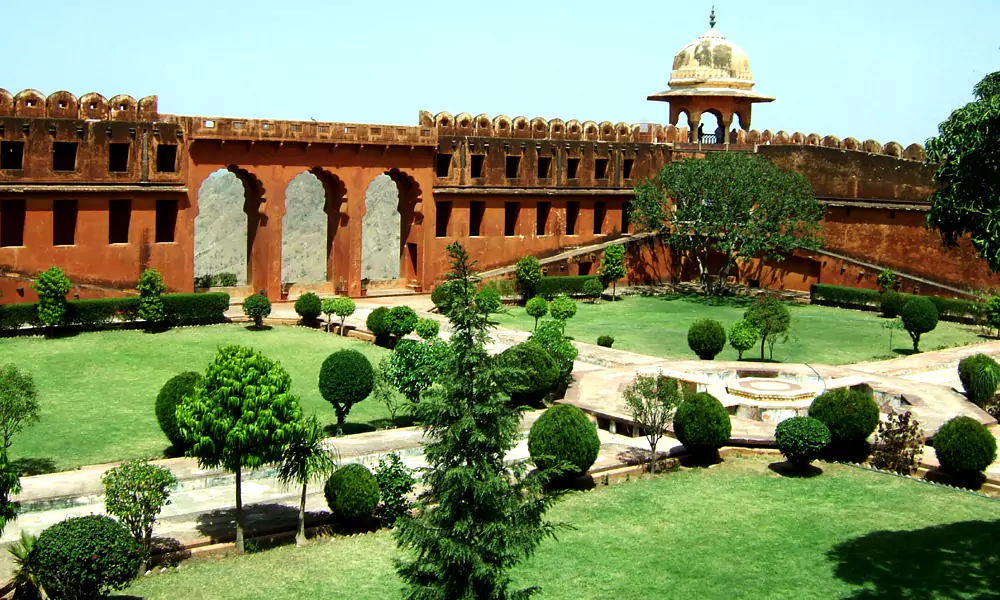
Jaigarh Fort, with its robust structure and panoramic views of the surrounding landscape, is located just above Amber Fort. The fort houses the world’s largest cannon on wheels, Jaivana, and offers a glimpse into the military prowess of the Rajputs.
2. Nahargarh Fort
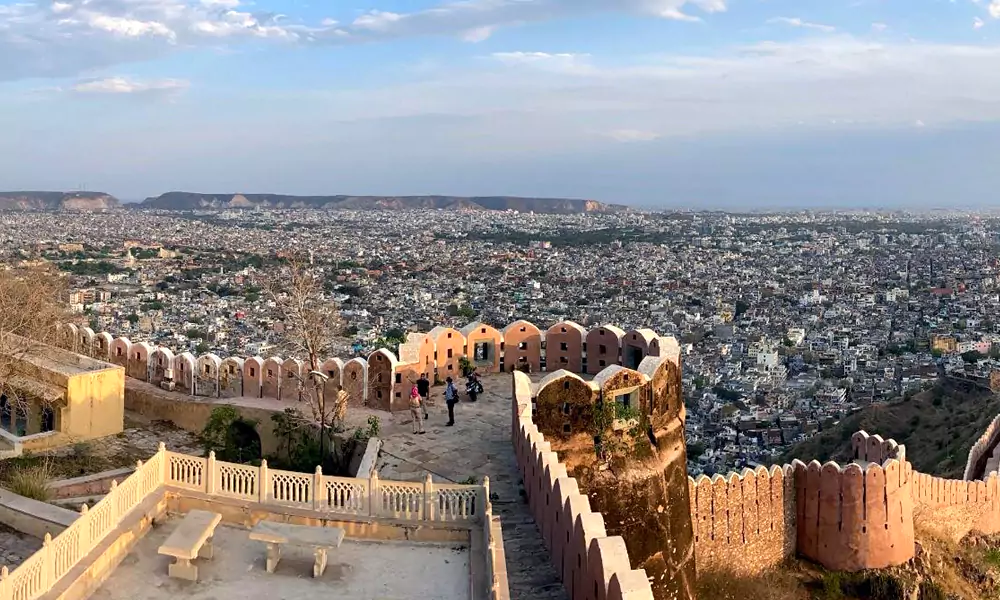
Perched on the Aravalli hills, Nahargarh Fort offers breathtaking views of Jaipur city. The fort has several palaces, courtyards, and gardens, making it a popular spot for picnics and photography.
3. Jal Mahal
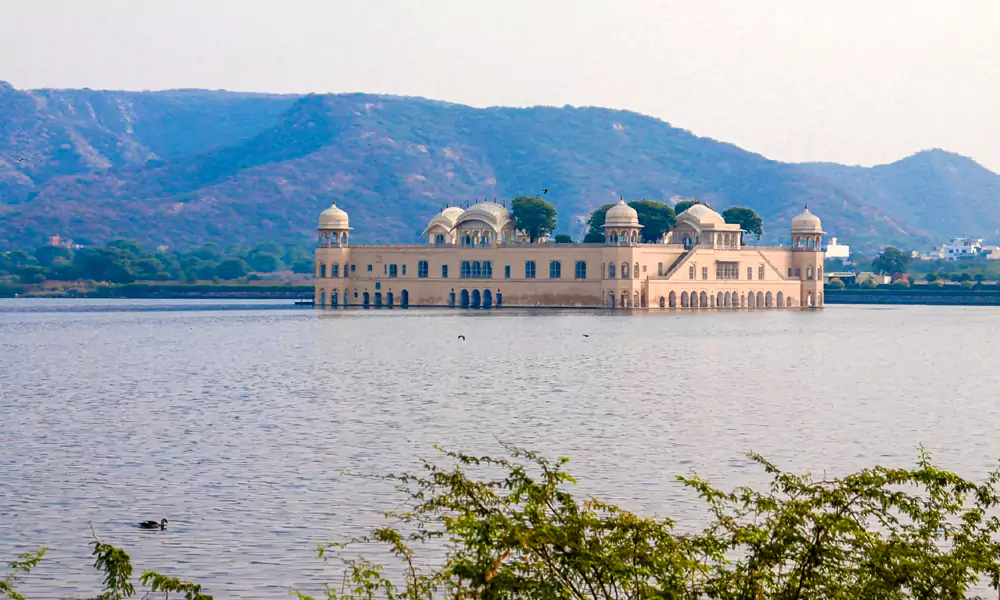
Situated in the middle of the Man Sagar Lake, Jal Mahal is a stunning palace that appears to float on the water. The palace, with its restricted entry, allows visitors to appreciate its beauty from the lakeside and provides boat rides for a closer view.
4. City Palace
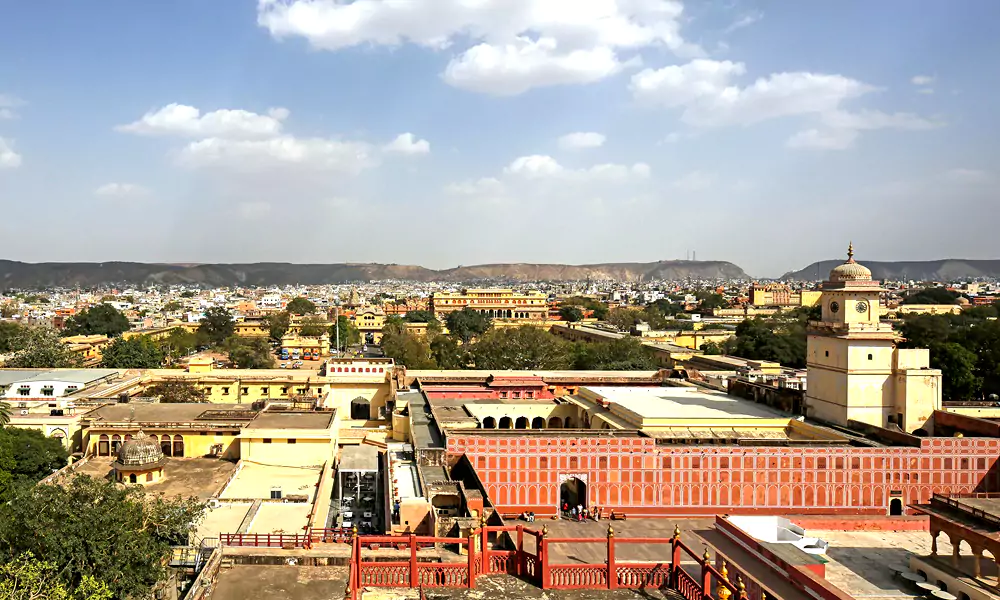
Located in the heart of Jaipur, the City Palace is a magnificent complex that showcases the grandeur of Rajput architecture. It houses several museums, courtyards, and palaces, offering a glimpse into the royal heritage of Jaipur.
5. Hawa Mahal
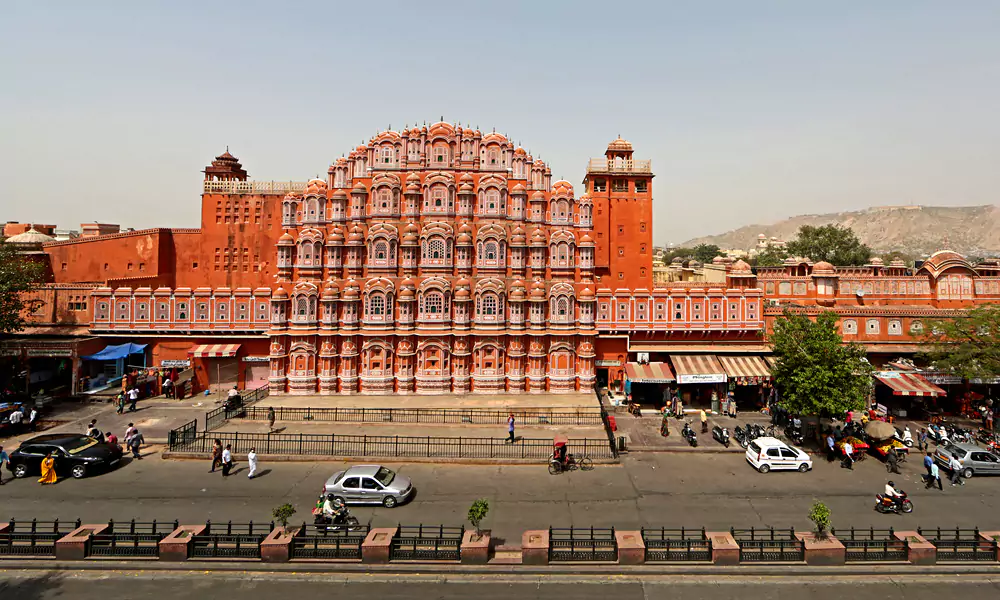
Known as the Palace of Winds, Hawa Mahal is an iconic structure with a unique façade of 953 small windows. The palace was built for the royal women to observe street festivities without being seen.
Travel Tips
- Wear Comfortable Footwear: The fort involves a lot of walking and climbing stairs, so comfortable shoes are essential.
- Stay Hydrated: Carry water bottles, especially during the summer months, to stay hydrated.
- Hire a Guide: To fully appreciate the history and architecture of Amber Fort, consider hiring a knowledgeable guide.
- Sun Protection: Carry sunscreen, hats, and sunglasses to protect yourself from the sun.
- Plan Your Visit: Arrive early to avoid the crowds and make the most of your visit.
- Respect the Culture: Dress modestly and respect the local customs and traditions.
Frequently Asked Questions (FAQs)
Amber Fort is open daily from 8:00 AM to 5:30 PM. The light and sound show takes place in the evening, with different timings for the English and Hindi shows.
Yes, there is an entry fee for Amber Fort. The fee varies for Indian and foreign tourists, with additional charges for the light and sound show.
Yes, photography is allowed inside Amber Fort. However, there may be restrictions in certain areas, so it is advisable to check with the authorities.
Yes, guided tours are available at Amber Fort. Visitors can hire licensed guides who provide detailed information about the fort’s history and architecture.
Yes, there is a parking facility available near the fort for visitors arriving by their vehicles.
Conclusion
Amber Fort is a magnificent symbol of Rajasthan’s rich history and architectural brilliance. Its stunning blend of Rajput and Mughal styles, intricate carvings, and historical significance make it a must-visit destination for anyone exploring Jaipur. Whether you’re a history enthusiast, an architecture lover, or a curious traveller, Amber Fort offers an unforgettable experience that transports you back to the grandeur of the Rajput era. Plan your visit to this iconic fort and immerse yourself in the splendour of Rajasthan’s royal heritage.
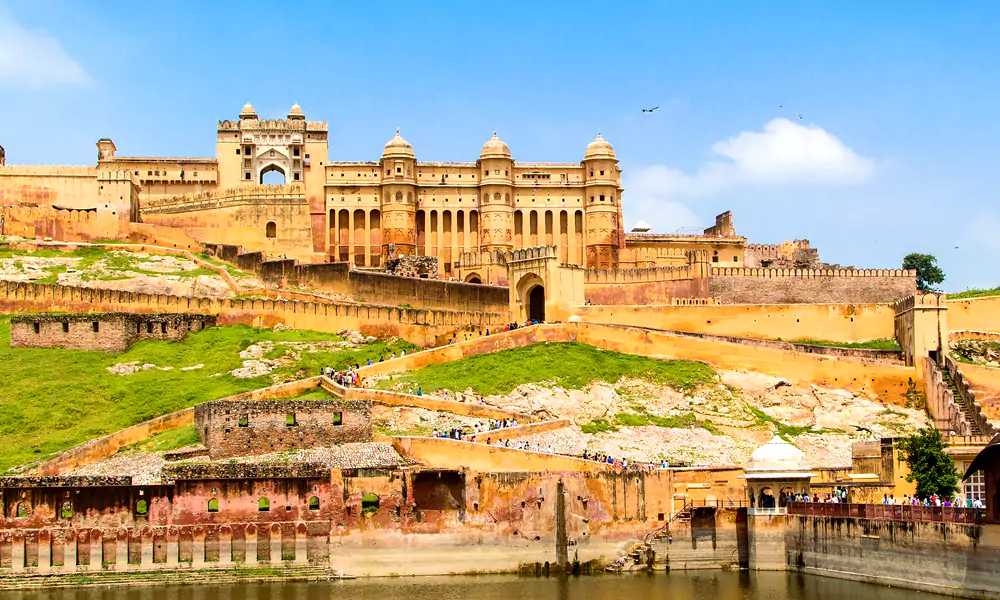
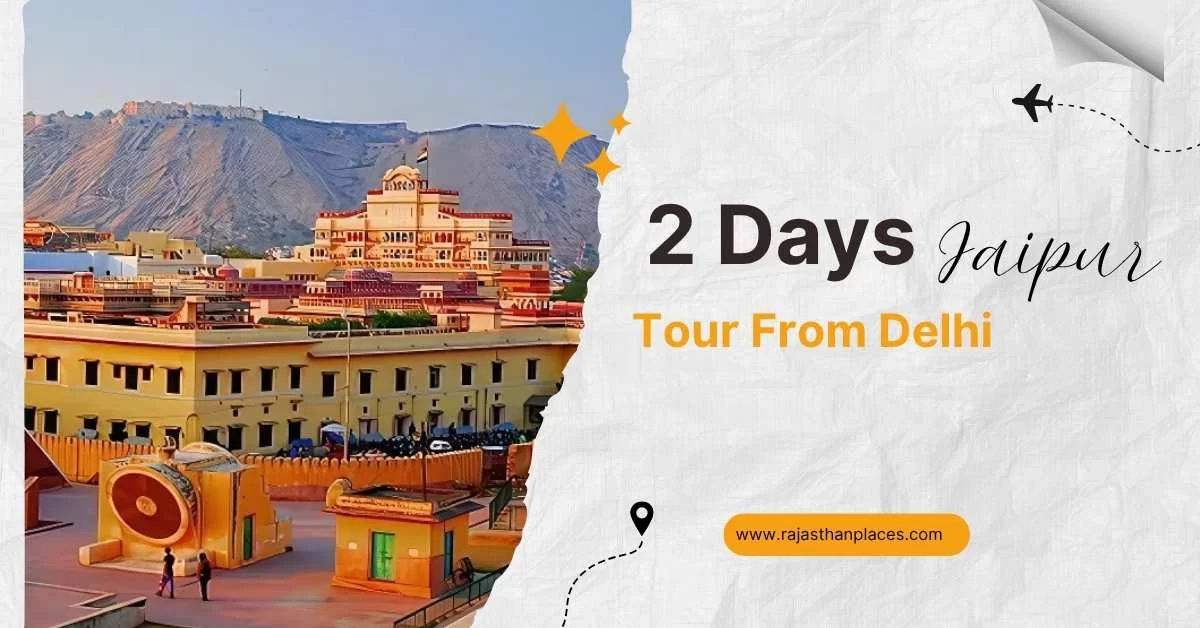
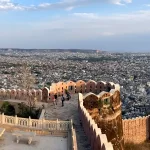
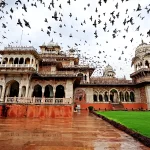
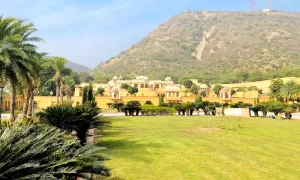
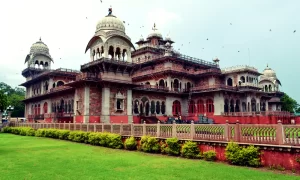
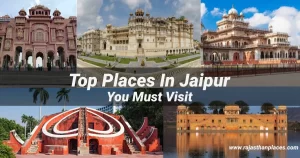
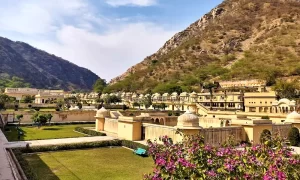
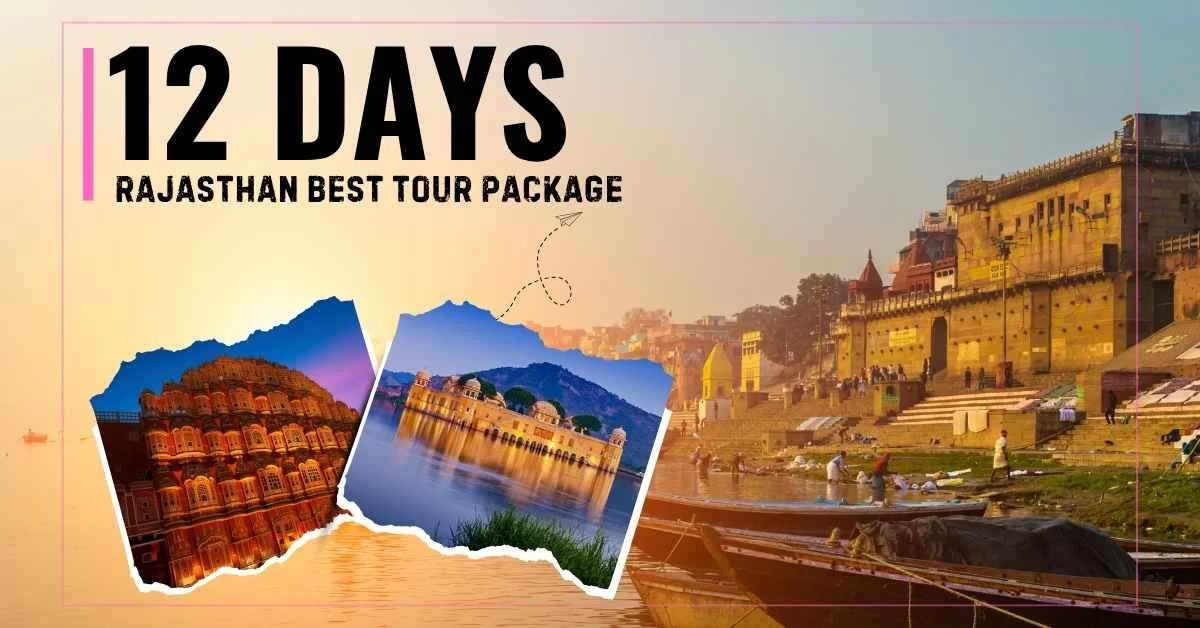

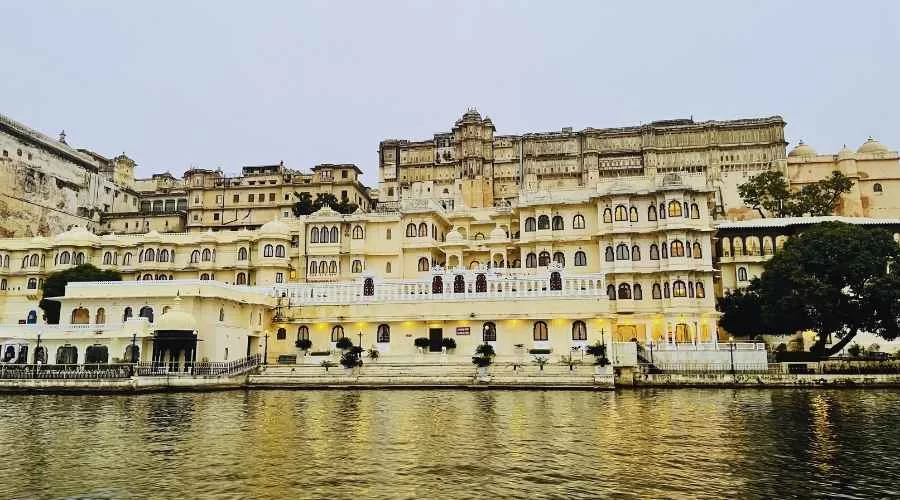
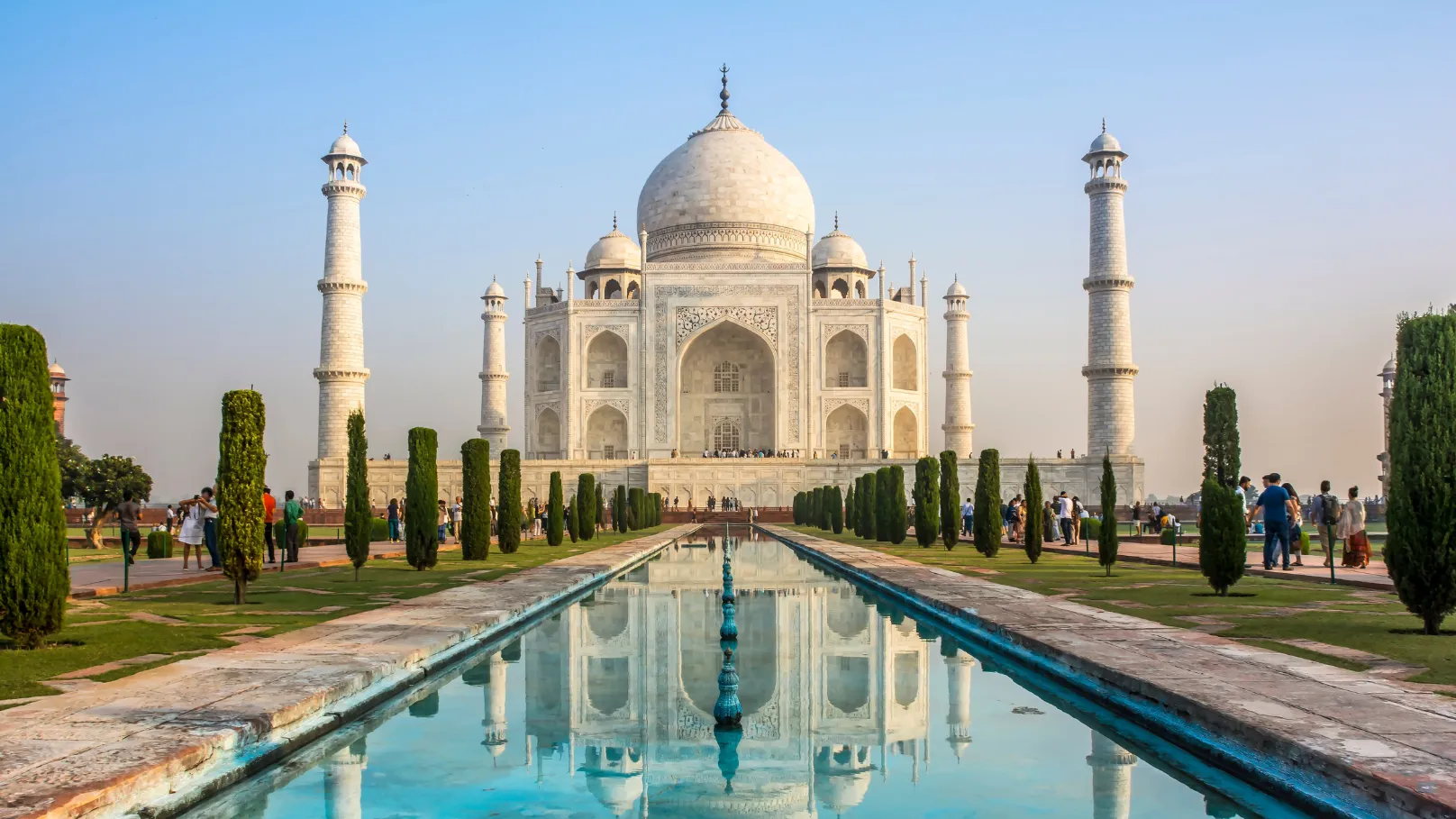
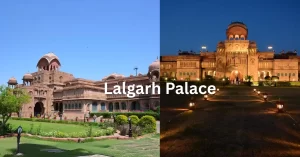
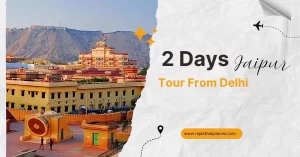

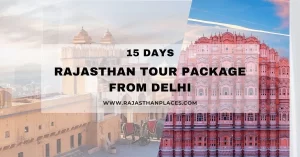
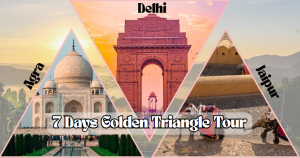







Leave a Comment